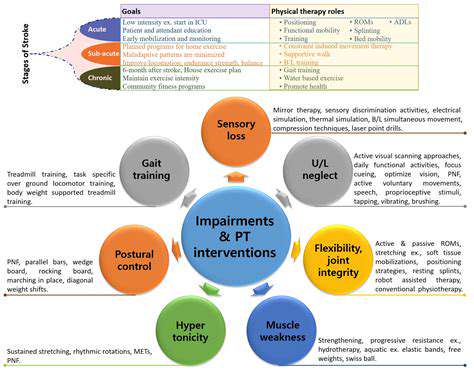주기성 구토 증후군(CVS) 환자들은 증상이 더 흔한 질환과 유사하기 때문에 종종 오진을 받습니다. 격렬하고 반복적인 구토 발작의 특징적인 양상은 처음에는 위장염이나 식중독으로 오인되기 쉽습니다. CVS를 다른 질환과 구별하는 것은 이러한 구토의 주기적인 특징입니다.치료 접근 방식 및 관리 전략

주기성 구토 증후군과 편두통의 연관성
Read more about 주기성 구토 증후군과 편두통의 연관성
상 증가된 두개내압 관리: 증상, 원인 및 치료 옵션
증상, 원인, 진단 및 치료상 증가된 두개내압(ICP)의 중요한 증상인 지속적인 두통, 메스꺼움에서 시각적 문제 및 신경학적 변화까지 알아보세요. 이 심각한 상태에 기여하는 뇌종양, 감염 및 외상을 포함한 근본적인 원인을 이해하세요. CT 스캔 및 요추천자와 같은 진단 방법과 약물, 외과적 개입 및 지지 치료 전략과 같은 효과적인 치료 옵션에 대해 알아보세요. 조기 발견과 개입은 환자 결과 개선에 필수적입니다. 우리의 리소스를 탐색하여 ICP 및 그 관리에 대한 포괄적인 이해를 얻고 인지 기능과 삶의 질을 보호하세요.
알코올 대사물질이 지연성 두통을 유발하는 방법
알코올이 신체에 미치는 영향 장기적으로 알코올이 신체에 미치는 영향에 대한 진실을 알아보세요. 이 종합 가이드는 알코올 섭취의 지속적인 영향을 탐구하고 신체적, 정신적 부담을 밝힙니다.